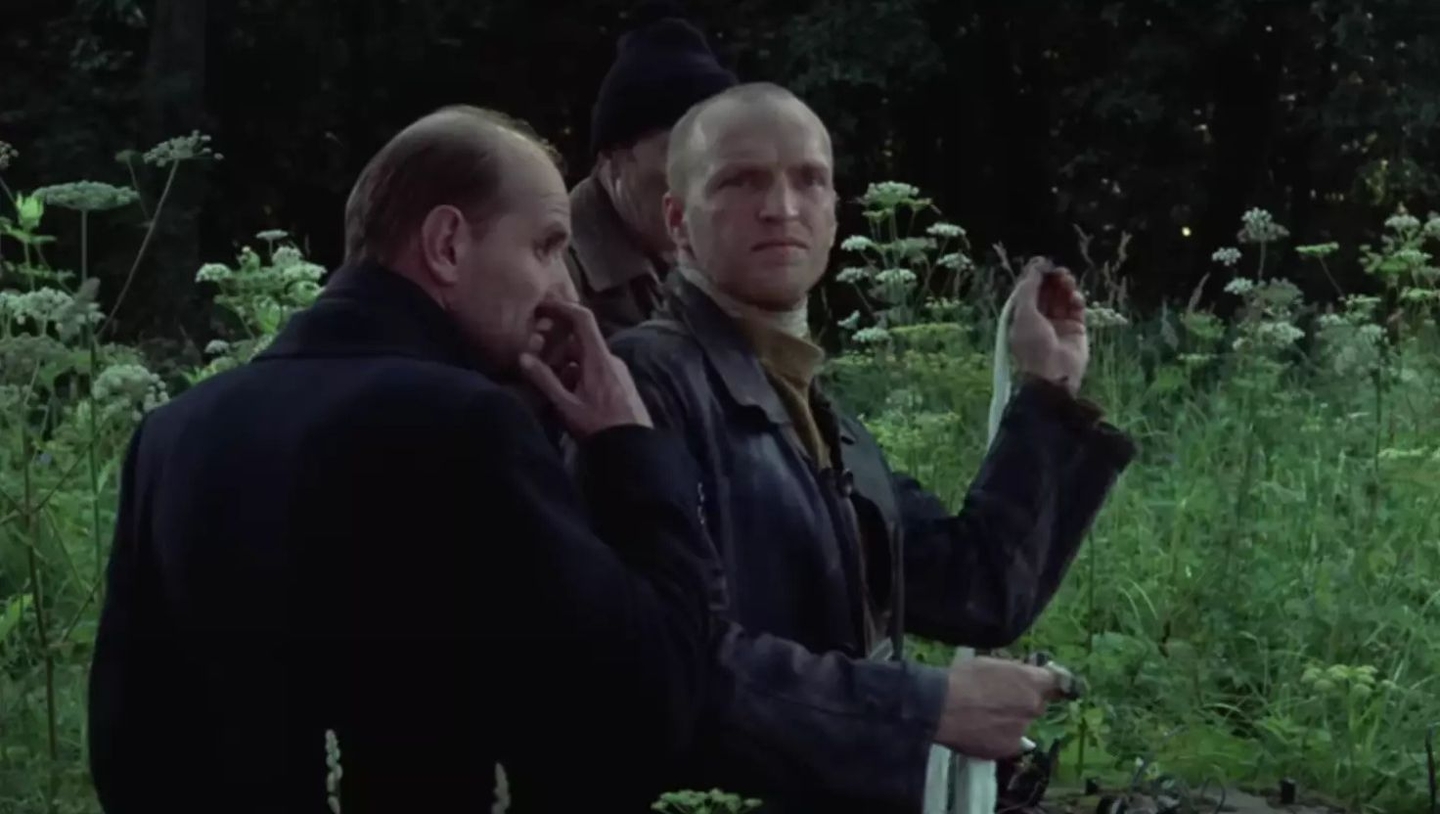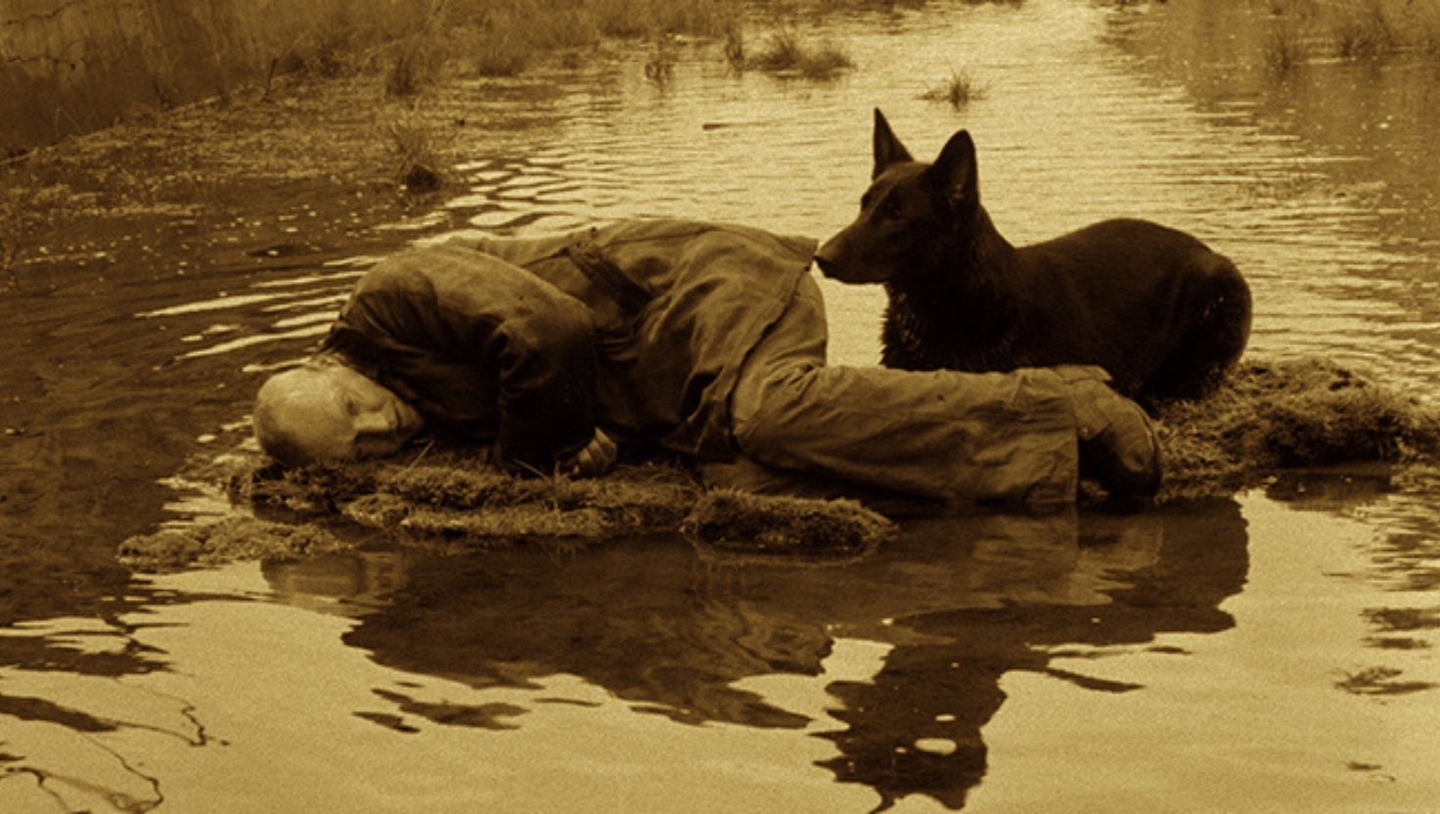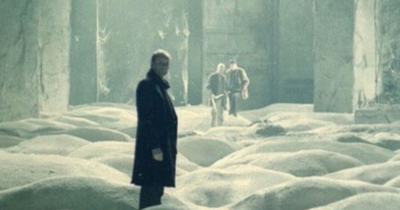Chilling Truth Behind Movie With 100% Rotten Tomatoes Score That Allegedly Claimed Lives Of Its Director, Lead Actor, And Wife
By fypfeed in Movies & TV — 12th May 2025
A Visionary Film With A Dark Legacy
There are very few films that have both a high level of critical excellence as well as a dark shadow of tragedy as Stalker 1979, the Soviet masterpiece by Andrei Tarkovsky. The film is widely praised for its stunning visuals and deep philosophical content and philosophical depth, the film has earned an unheard-of 100% rating at Rotten Tomatoes. However, behind all the praise is an unsettling story. Three of the main characters–including Tarkovsky himself – later died of illnesses that some speculate were connected to the filming sites that were toxic.
For many cinephiles this duality of tragedy and brilliance creates the film Stalker an memorable films of the 20th century.
The Plot: A Journey Into The Unknown
In the core, Stalker is much less about action and much more focused on moods, atmosphere and a deeper questioning of the human condition. Set in a depressing post-apocalyptic landscape It follows the story through the lives of three characters:
- The Stalker (Alexander Kaidanovsky) – a mysterious guide who puts his life at risk to lead people into the sinister “Zone.”
- The Writer (Anatoly Solonitsyn) – a cynical artist looking for motivation and inspiration.
- The Professor (Nikolai Grinko) – a scientist seeking answers with an inquiry based on logic.
Together, they traverse the Zone, a bleak space that is heavily guarded and in which the reality of life is blurred. Inside lies the mythical “Room,” a chamber believed to grant the most profound desires. However, the path is a risky one. The Zone is full of invisible dangers and traps as well as shifting terrains and spiritual uncertainties.
Tarkovsky’s interpretation of the story which is loosely adapted of Arkady along with Boris Strutatsky’s work Roadside Picnic, transforms what was an ordinary sci-fi story into a reflection on morality, faith and the human spirit.




Tarkovsky: The Auteur Behind The Vision
By the end of the 1970s Andrei Tarkovsky had already cemented his standing as one of the cinema’s greatest creators. His earlier films, like the film Ivan’s Childhood (1962), Andrei Rublev (1966) as well as Solaris (1972) showed his distinctive mix of spiritual inquiry and poetic images.
Stalker However, Stalker it pushed his vision of art to new levels. The slow pace cinematography that was dreamy and ethereal, as well as its uncertain ending polarized some viewers but ultimately, it influenced generations of filmmakers including Lars von Trier to Christopher Nolan.
Film critics describe it as captivating and challenging. “The opening is one of the most gripping and visionary moments I have ever seen in the cinema,” one reviewer wrote in Rotten Tomatoes.
Another adds: “No one tops Tarkovsky’s ability for immersion, and the metaphysical enigma of Stalker is one of cinema’s most impressive achievements.”
Filming Amid Toxic Landscapes
Although its artistic merit is undeniable but the method by which that Stalker was made has been an integral part of the dark mythology surrounding it. Tarkovsky decided to shoot in the industrial regions of Estonia and in particular, close to a partially operational hydroelectric power station that runs on the Jagala River. The setting was stunning with abandoned factories, bizarre chemical waste, and awe-inspiring landscapes that perfectly fit the film’s disturbing themes.
According to some who were on board, their surrounding was extremely polluted. White foam floated around in the water, and strange chemical snow melted in the summer, and many experienced illnesses during the production.
Recordist Vladimir Sharun later recalled:
“We were shooting close to Tallinn in the vicinity of the river Jagala that has a partially functioning hydroelectric station. The river itself was a chemical facility and it discharged poisonous liquids that flowed downstream.”
He said that a lot of women from the crew had allergic reactions. Tragically both Tarkovsky as well as actor Anatoly Solonitsyn were later diagnosed with the same form of cancer. Tarkovsky’s wife Larisa was also a victim of the same illness a few many years after.
Tragedy Follows The Masterpiece
Andrei Tarkovsky passed away in 1986 from cancer of the bronchial, only seven years later than The Stalker had been released. Solonitsyn who played “The Writer,” died in 1982 of lung cancer. The wife of Tarkovsky Larisa passed away from the same cancer in 1998, while in Paris.
To Sharun and other people to Sharun and other people, the link was indisputable. “That it was all connected to the location shooting for Stalker became clear to me when Larisa Tarkovskaya died from the same illness in Paris,” the actor later stated.
It is crucial to emphasize that this idea is not yet proven. A scientific study has not confirmed the notion that the filming process in Estonia resulted in their deaths. However, the suspicions persist to be a part of the film’s legacy.
Critical Reception And Enduring Impact
Perhaps because of its tragic background, Stalker has gained popularity over time. It’s now among the top films of all time, frequently being listed in “greatest films of all time” lists.
According to Rotten Tomatoes, it boasts 100% perfect Tomatometer score and critics have praised its philosophical depth and stunning cinematography. On Letterboxd the film scores an impressive 4.4-star score, and its fans declaring it “an uncanny cinematic landscape to explore, investigate, and reflect upon.”
The influence of the film can be seen throughout a variety of works, including the post-apocalyptic game S.T.A.L.K.E.R. directly is based on the film as do Hollywood directors often refer to Tarkovsky as an influencer.
Why Audiences Find It “Addictive”
While the film is a slow and meditative film Many viewers have reported being drawn back frequently. The film’s fans describe it as being hypnotic, immersive and unique to other cinema.
- emotional resonance: This story taps into the universal human desire for hope as well as despair, faith and anxiety.
- Visual Poetry Each frame is a deliberate experience, artistic and symbolic.
- Mysteries: The ambiguity surrounding “The Room” and its promises keeps viewers discussing its significance decades after the fact.
- Personal Reflection Many claim that the film’s content changes with each viewing, providing fresh perspectives depending on one’s stage of life.
Within online community forums, users typically refer to it as “an experience rather than a film.” Others have admitted that they were unable to finish their first experience and then realized the profound impact.
Mixed Reactions And Criticism
Some people aren’t enthralled. Some viewers are unhappy with the slow pace, describing it as “slow to the point of frustration.” Others believe the film’s abstract nature is difficult to access for people who are not mainstream.
However, even critics of this film recognize its artistic merits. One IMDb reviewer stated:
“It’s not an easy film to watch however it’s a film that stays in your head for many years. It’s impossible to shake.”
The balance between admiration and distaste has become an integral part of Stalker’s mystery.
The Cultural Legacy Of Stalker
Beyond the cinema the film is a constant source of culture debates. Couples academics, couples and cinephiles debate the film’s significance, its spiritual undertones and its connection to a real-world tragedy.
This film has been compared to other provocative films such as Solaris, 2001: A Space Odyssey or even romantic thrillers like the 365 days–not because of similar content or plot, but rather because of the way it entices viewers to examine their own desires and limits.
The fame of TikTok has also been amplified through the internet. Social media platforms such as Reddit and Letterboxd have threads that discuss every frame while TikTok videos show its haunting images to a new generation of viewers.
Conclusion: A Masterpiece With A Shadow
Stalker remains one of the most mysterious accomplishments in cinema, a work of art and a film that will forever be linked to tragedy. The question of whether the savage landscapes of Estonia were the cause of death of Tarkovsky, Solonitsyn, and Larisa Tarkovskaya could not be revealed.
The only thing that is certain however, is the fact that this film will continue to be watched. Over forty years since it’s release, Stalker still draws attention, disturbs and enthralls. For some, it’s an unforgettable piece of music that you can return to over and over. For others, it’s a slow, insurmountable obstacle.
In either case, Stalker has established its status in the film world that will not allow itself to be forgotten. Its perfect score is evident on Rotten Tomatoes mirrored only by the questions it poses to be answered.














